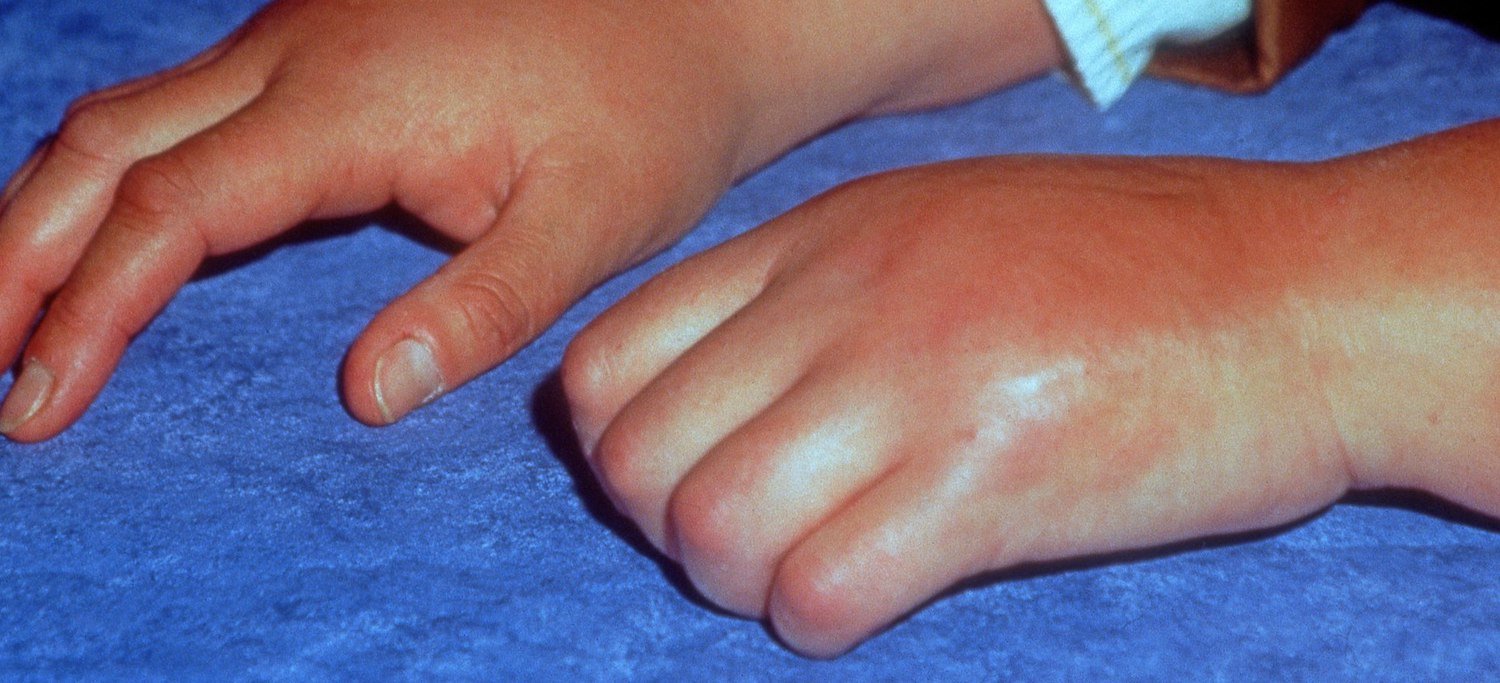Complex Regional Pain Syndrome is a painful condition of nerve malfunction that usually follows an injury to an extremity. The pain exceeds in both magnitude and duration the expected clinical course of the original injury, often resulting in significant impairment of function, and showing variable progression over time.
The history of Complex Regional Pain Syndrome is well documented. In 1900 at the 29th Congress of the German Society of Surgery, Paul Sudeck suggested that the signs and symptoms of Reflex Sympathetic Dystrophy (RSD) may be caused by an exaggerated inflammatory response to injury or operation of an extremity.
Rene Leriche (1879-1955) noted that the sympathetic nervous system dysfunction as a cause of pain, and recommended therapeutic surgical sympathectomy. In the 1950s John Bonica promoted the term RSD and described it’s 3 stages: acute, dystrophic, and atrophic.
Like what you’re learning? Explore the Keck School of Medicine of USC’s Online Pain Medicine program.
IASP Nomenclature
- CRPS I = Reflex Sympathetic Dystrophy
- CRPS II = Causalgia
The only difference between the two is that the inciting event in type II involves a known injury to a major peripheral nerve. In type I, there is no known nerve injury.
Other names and related conditions include algodystrophy, Sudeck’s atrophy, sympathetically maintained pain, shoulder/hand syndrome, transient osteoporosis, and acute atrophy of bone.
Epidemiology
- CRPS I: 21 per 100,000
- CRPS II: 4 per 100,000
- Female-to-Male ratio: 3:1
- Any age, but middle age predominates with a median of 42 years
- Onset 9–85 years of age
- CRPS occurs in about 1-2% of patients who have had fractures and in approximately 2-5% of patients after peripheral nerve injuries.
Related Reading: RGS4 Protein May Help Play a Role in Chronic Pain Maintenance
Clinical Presentation
CRPS usually effects an extremity (65%), with the upper extremity being more affected as compared to the lower extremity, however, any part of the body can be involved. CRPS may spread to other extremities over time.
The precipitating events of CRPS I include minor trauma, contusion, sprain or strain, fracture (especially Colles’ fracture), postsurgical, immobilization, and less frequently CVA and spinal cord injuries.
The precipitating events of CRPS II have been documented to include peripheral nerve injury and concordant focal deficits (but the signs and symptoms of CRPS are not limited to the same distribution as the affected nerve.)
Patients suffering from CRPS experience spontaneous, constant, burning, aching, and throbbing pain disproportionate to the injury and it persists beyond normal or expected recovery periods. Pain does no follow the distribution of a peripheral nerve. The pain may spread to other limbs or body parts. Patients typically experience severe mechanical and thermal allodynia, hyperalgesia, and hyperpathia.
There are associated vascular autonomic (sympathetic) abnormalities, which include hot, swollen, and erythemetous extremities. Extremities can also feel cold, blanched, and mottled. Patients may experience sudomotor changes of hyperhydrosis or hypohydrosis.
CRPS can affect motor function, causing weakness, tremors, or dystonia of the extremity. In CRPS I, the EMG/NCS studies are normal.
Trophic changes include nail growth, coarse hair, loss of hair, thin and glossy skin with loss of elasticity, loss of function: muscle, joint and tendon atrophy, contractures and fibrosis, ulceration, and osteoporosis.
There are no tests or imaging studies that are diagnostic; however, triple-phase bone scans may show abnormal localized blood flow and isotope uptake, and X-rays may reveal diffuse patchy osteoporosis.
Related Reading: Researchers Find Sleep Quality Can Impact Chronic Pain Response
Explore Online Postgraduate Degrees in Pain Medicine
Pain Medicine online degrees are suitable for practicing health professionals from a wide variety of fields, including physicians, dentists, nurses, physical and occupational therapists, psychologists, pharmacists, and more. Explore our online, competency-based certificate and master’s program in Pain Medicine in partnership with the Keck School of Medicine of USC.


